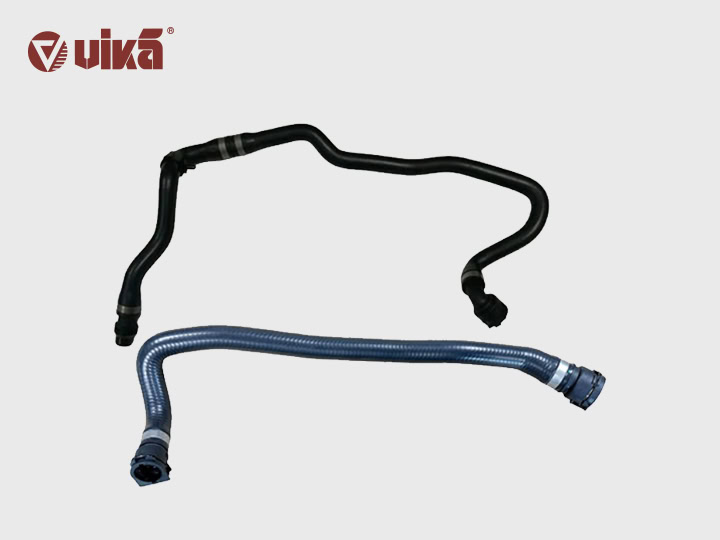What are symptoms of a failed coolant pipes?
09-29,2025
Coolant pipes are crucial components of an automotive cooling system. They realize circulation of coolant between engine, radiator, water pump, heater heat exchanger, and other parts. Failures of coolant pipes can cause coolant leakage or abnormal engine overheating.
Symptoms of a failed coolant pipe:
Coolant leakage: Leakage or dripping occurs at seals or clamps of pipes, joints, or other locations.
Abnormal engine overheating: The engine temperature rises abnormally as a result of blocked coolant circulation or insufficient flow. It may come together with illumination of warning indicator and abnormal water temperature reading of instruments.
Causes of failures of a coolant pipe:
Cracking of a joint due to aging: Cracking or leakage occurs at the connection between a pipe and a joint due to long-term heating, vibration, or aging.
Aging of a seal: An O-ring, gasket, or pipe seal has failed, causing leakage at the connection.
Cracking of a pipe due to aging: The tube material deteriorates over time. The pipe is prone to cracking or perforation after being exposed to high temperature and chemicals.

vika coolant pipes are replaced in full sets to avoid frequent changes of different pipes at adjacent locations.
Pipe body: Arlanxeo EPDM rubber is used, which features excellent flexibility and temperature resistance.
Joint: It is made of BASF PA66-GF30 material, and is resistant to high pressure, high temperature, and chemical corrosion.
Reinforced layer: It is made of aramid cord material imported from South Korea, with extremely high tear resistance.
Product testing: Finished product are tested with inspection tools and subject to 100% airtightness testing.
